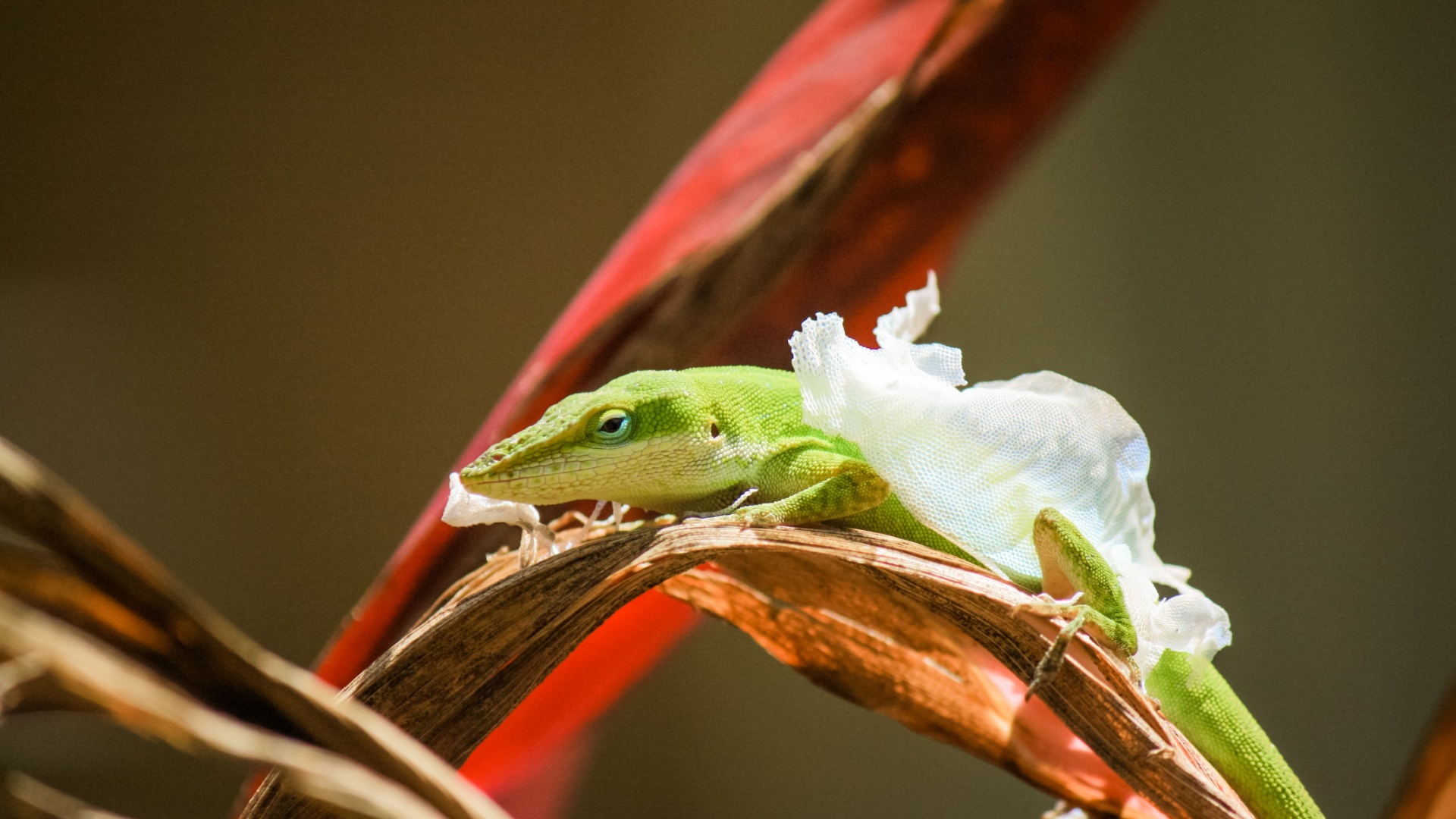Lizards, often overlooked in the animal kingdom, boast a plethora of astonishing abilities that many are unaware of. From their unique survival tactics to their surprising intelligence, lizards are full of secrets waiting to be uncovered.
Explore these intriguing aspects of lizard life that showcase their incredible adaptability and uniqueness.
1. Color Changing
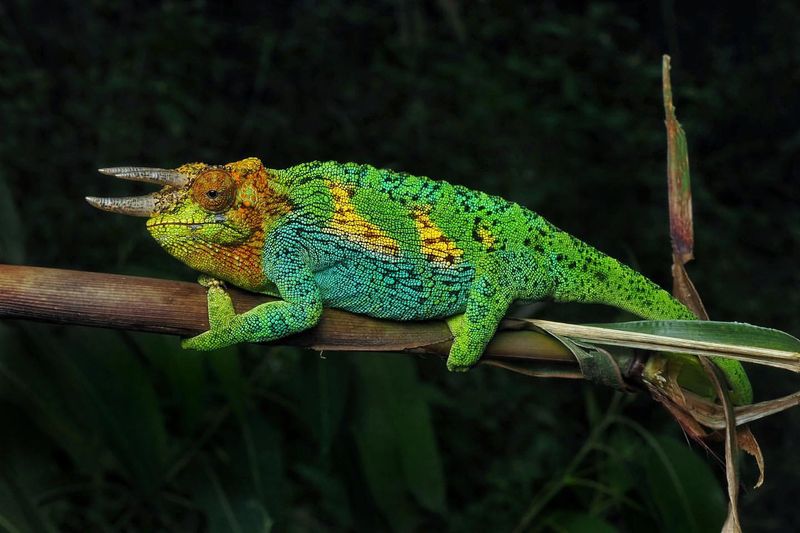
Lizards, like the famous chameleon, possess an extraordinary ability to change their skin color. This isn’t just for camouflage; it’s a dynamic display used in communication and temperature regulation. By adjusting pigments in their skin, they can blend into their surroundings or stand out to potential mates. Intriguingly, these color changes are not just skin-deep.
They are controlled by a complex network of hormones and are influenced by temperature, light, and social signals. This color transformation can occur in mere moments, showcasing the lizards’ adaptability.
While many people think chameleons are the sole masters of this trick, other lizard species also exhibit similar, though less dramatic, abilities. This remarkable trait highlights the diverse survival strategies in the lizard world.
2. Tail Regeneration
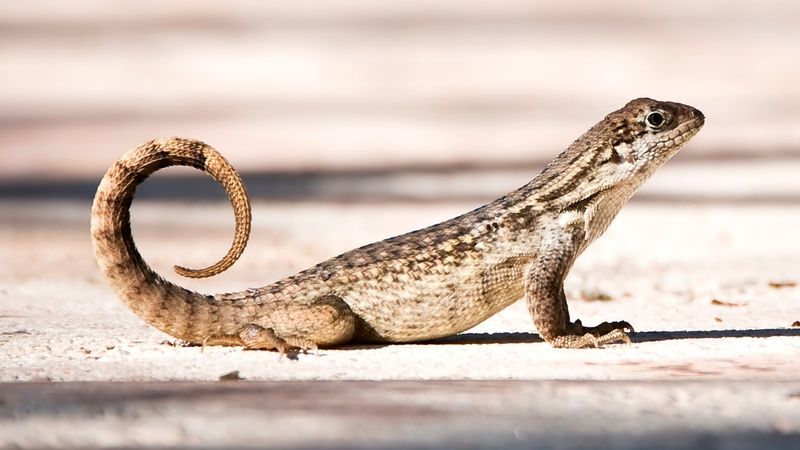
Losing a tail might seem like a drastic event, but for many lizards, it’s a clever survival tactic. When threatened, some lizards can detach their tails, distracting predators and providing a chance to escape unharmed.
This ability, known as autotomy, is not just about escape. The lost tail is often regenerated over time, although the new one may differ slightly in appearance from the original. This regrowth involves a fascinating biological process that scientists study for insights into regenerative medicine.
The ability to regenerate a body part is rare in the animal kingdom, making lizards a subject of interest for researchers worldwide. This skill underscores their resilience and evolutionary success.
3. Parthenogenesis
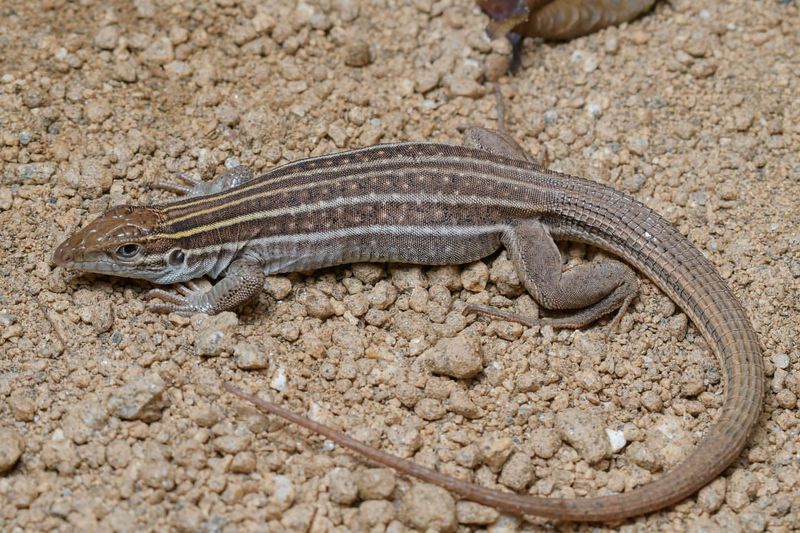
In a twist of nature, some lizard species can reproduce without a partner through a process called parthenogenesis. This means female lizards can lay fertile eggs without needing a male, producing genetically identical offspring. This phenomenon occurs in various environments, often where males are scarce.
Parthenogenesis allows these species to thrive and expand their population despite limited mating opportunities. This reproductive strategy is not only fascinating but also showcases the lizards’ adaptability.
While less common in vertebrates, parthenogenesis in lizards exemplifies nature’s ingenuity in ensuring survival. It’s a remarkable example of how life finds a way to perpetuate, even in challenging conditions.
4. Infrared Vision
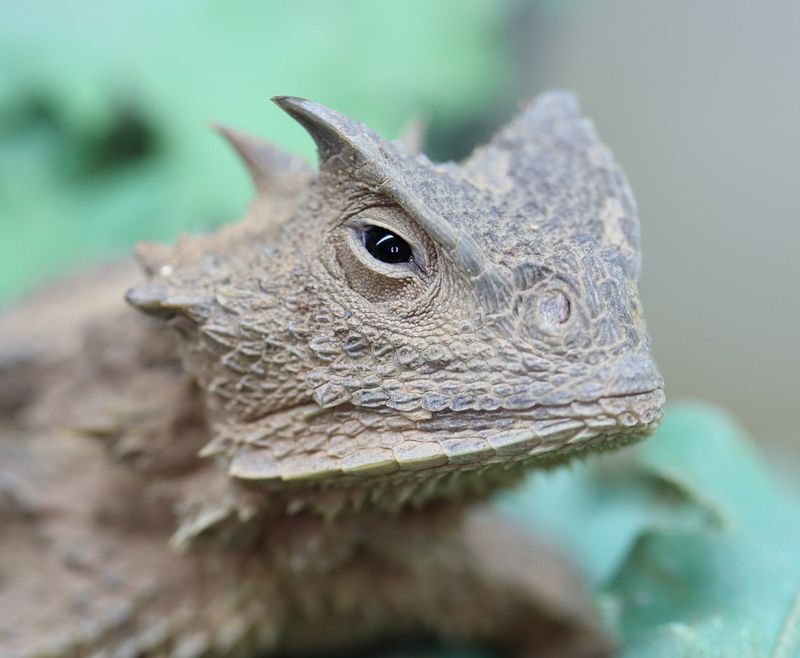
Lizards have evolved unique ways to perceive their environment, and some species boast the ability to see in infrared. This special vision helps them detect warm-blooded prey, even in complete darkness.
Geckos, in particular, are known for their exceptional night vision, which is hundreds of times more sensitive than human eyesight. This adaptation not only aids in hunting but also in navigating their habitat without sunlight.
Such visual prowess highlights the evolutionary arms race in predator-prey relationships, showing how lizards have adapted to fill ecological niches where others might falter. Their infrared vision underscores the complexity and sophistication of lizard sensory systems.
5. Gliding Abilities
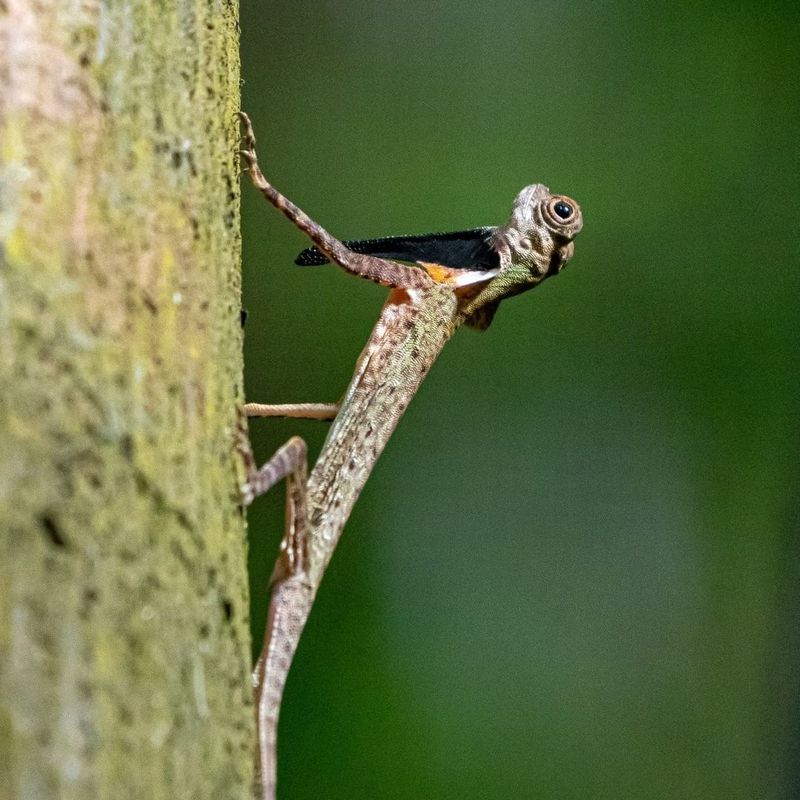
While most lizards are bound to the ground or trees, some have taken to the skies. The Draco lizard, for instance, can glide impressive distances between trees, thanks to flaps of skin that act like wings.
This gliding ability is not true flight but allows them to evade predators and move efficiently through their arboreal homes. Their ribs extend outward to stretch the skin flaps, enabling them to glide gracefully and cover significant ground without touching it.
Such adaptations are a testament to the diverse evolutionary paths lizards have taken. The Draco’s aerial prowess demonstrates the incredible versatility and ingenuity found in the animal kingdom.
6. Venomous Bites
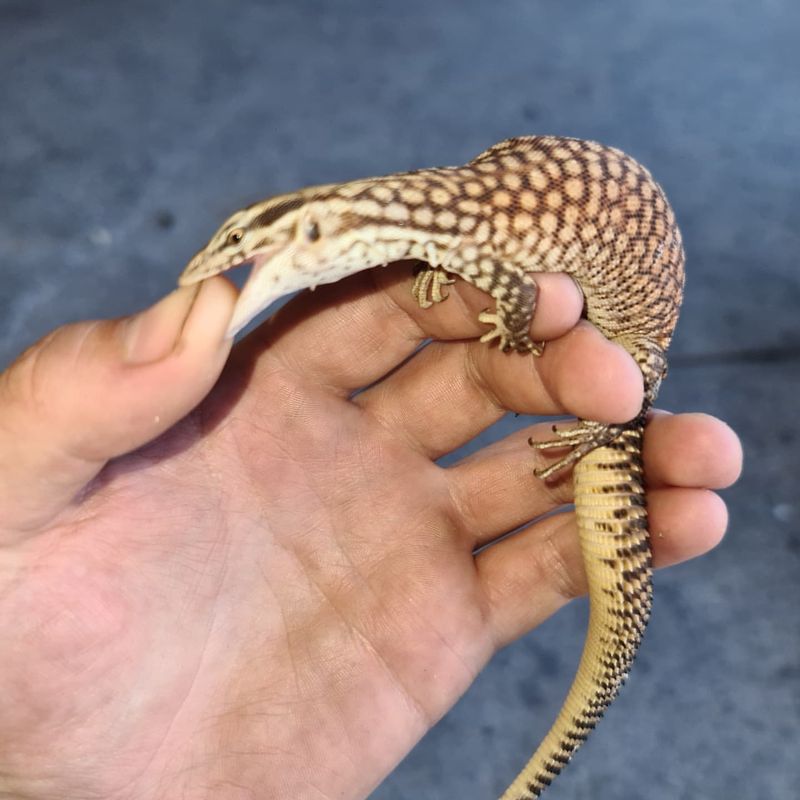
While often associated with snakes, venomous bites are also a feature of some lizards. The Gila monster and the Komodo dragon possess venom glands that deliver potent toxins through their bites. This venom can immobilize prey, making it easier for these lizards to consume their meals.
For the Komodo dragon, this involves a sophisticated blend of proteins that can cause shock and blood loss in their prey, showcasing an advanced predatory tactic.
Such venomous abilities provide lizards with a competitive edge in their ecosystems, offering insight into the varied and sometimes dangerous adaptations within the lizard world.
7. Vocal Communication
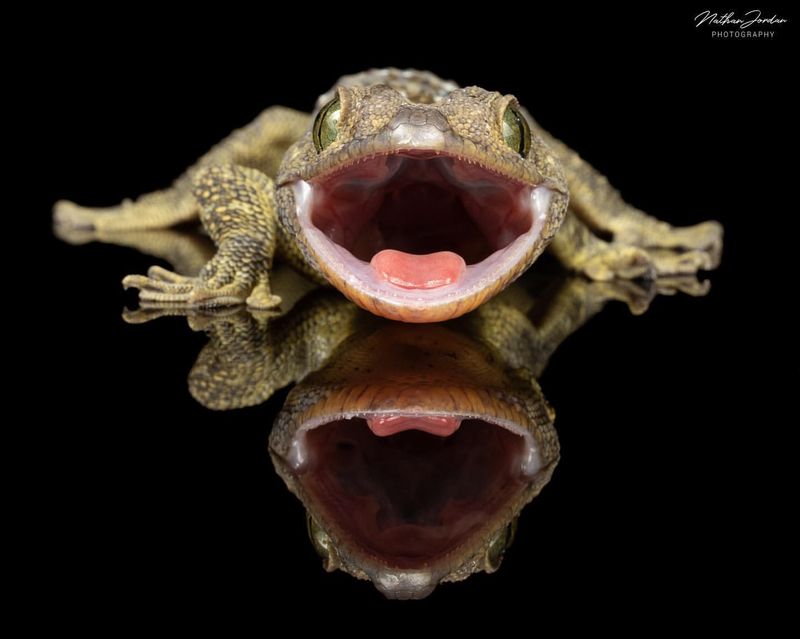
Lizards are not just visual creatures; some species have developed complex vocalizations to communicate. The tokay gecko, for example, is known for its distinctive calls, which are loud enough to be heard over considerable distances.
These vocalizations are used for mating calls, territory defense, and even to ward off predators. The variety and complexity of sounds produced by these lizards highlight their sophisticated communication skills.
This vocal ability represents an evolutionary adaptation that enhances social interactions and survival, demonstrating the communicative potential beyond the more silent majority of lizard species.
8. Aquatic Hunting
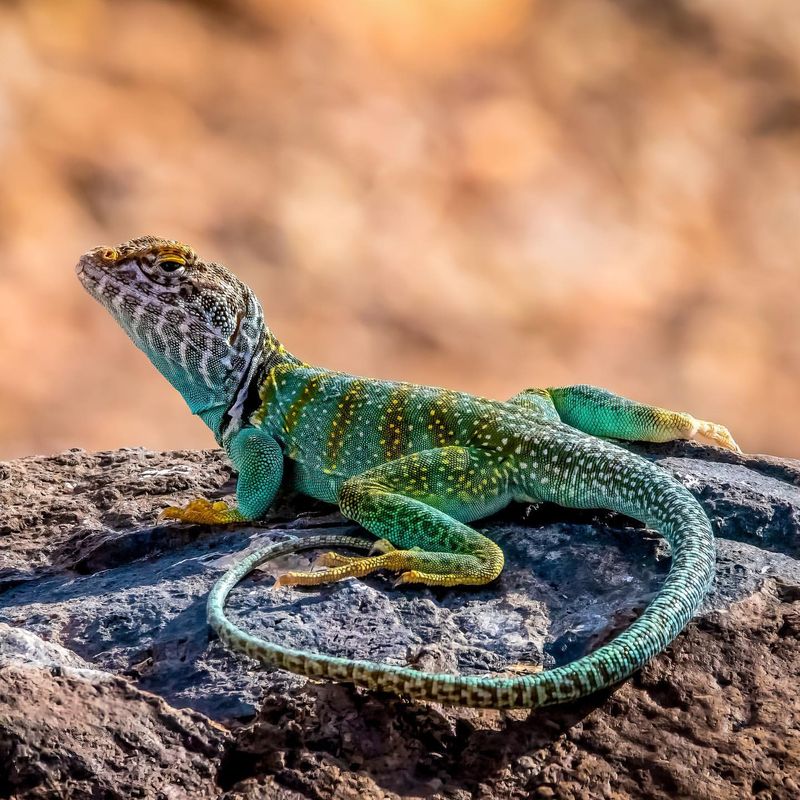
Venturing into the realm of water, some lizards have adapted to aquatic environments. The marine iguana, for example, is an adept swimmer, diving beneath the ocean’s surface to graze on algae.
Their flattened tails and strong limbs make them excellent swimmers, while their ability to hold breath for extended periods allows them to exploit resources other lizards cannot. This adaptation is crucial for survival in the harsh Galápagos Islands environment.
Aquatic hunting showcases the lizards’ capability to adapt to diverse habitats, revealing evolutionary paths that parallel those of more traditionally aquatic creatures.
9. Skin Shedding
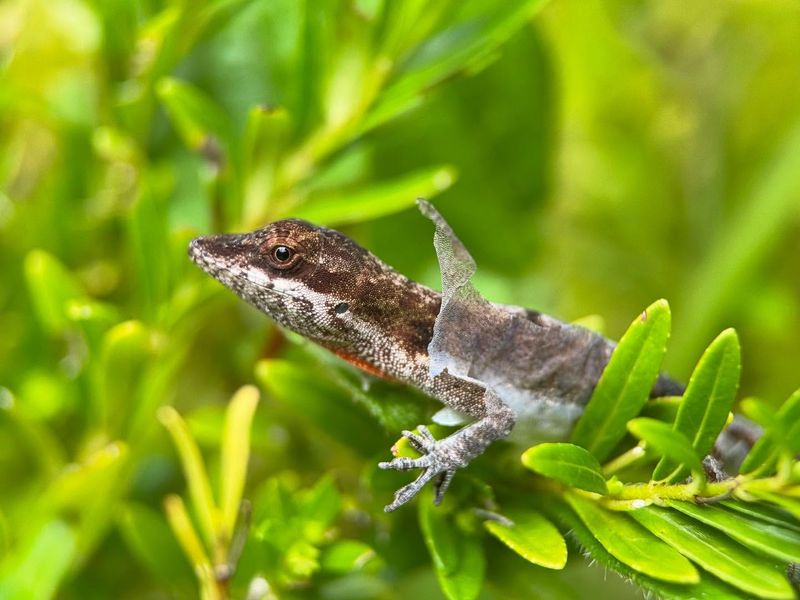
Shedding skin is a common trait among lizards, a process crucial for growth and health. By shedding old skin, lizards remove parasites and allow space for new growth, keeping their bodies in optimal condition.
This shedding is a meticulous process, often requiring them to rub against surfaces to peel away the old layer. It’s fascinating to observe how different species handle this task, each with their own techniques and frequency.
Skin shedding is more than just a renewal process; it’s a vital aspect of lizard life, reflecting the constant cycle of growth and adaptation to their environments.
10. Dewlap Displays
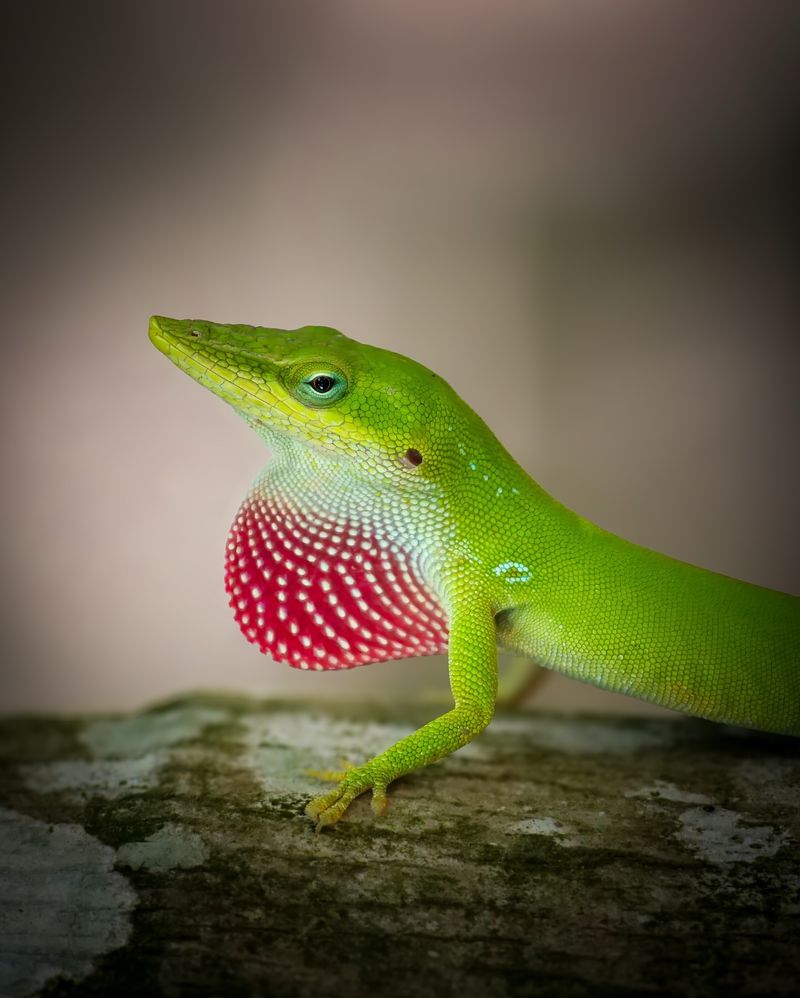
Lizards are not just stealthy; they can be very expressive. The dewlap, a fold of skin under the throat, is used for communication and display. Anoles are famous for their brightly colored dewlaps, which they extend to attract mates or assert dominance.
These displays are not only visually striking but also serve as crucial social signals. The size, color, and frequency of dewlap extensions can convey information about the lizard’s health, strength, and reproductive status.
Such behaviors highlight the complexity of lizard communication and social structure, offering a glimpse into their vibrant and dynamic world.
11. Heat Sensing
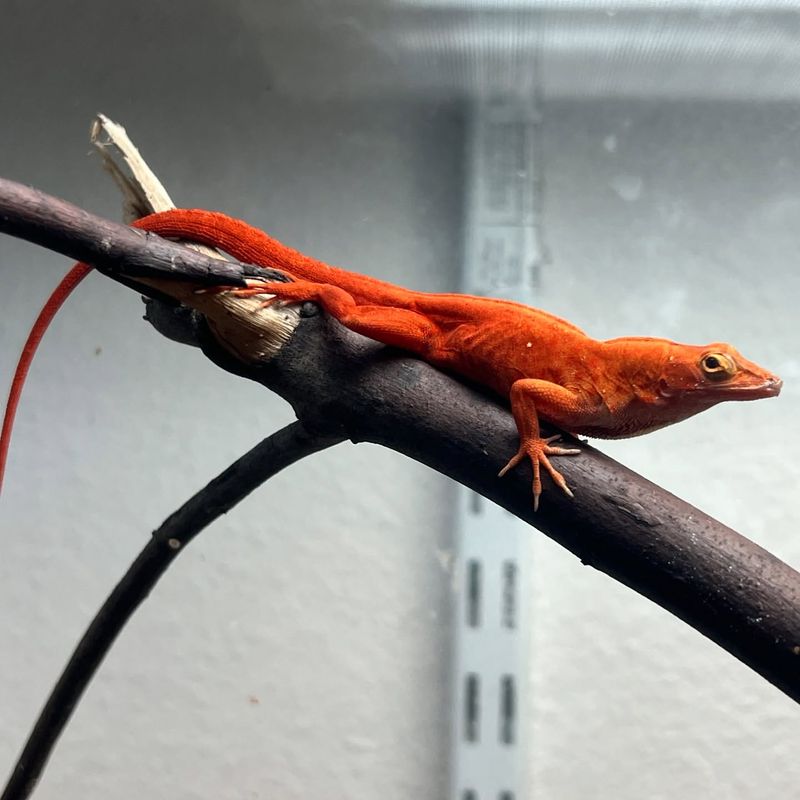
Heat sensing is a remarkable trait found in some lizards, akin to the abilities of snakes. This adaptation allows them to detect the infrared heat signatures of prey, making hunting in low-light conditions highly effective.
These specialized sensory organs, often located on the head, enable lizards like certain vipers to precisely strike even the warmest-blooded animals with deadly accuracy. Understanding these adaptations provides insights into their predatory strategies and ecological roles.
The evolution of heat sensing in lizards underscores their predatory prowess, reflecting a sophisticated biological toolkit that aids survival in a competitive environment.
12. Burrowing
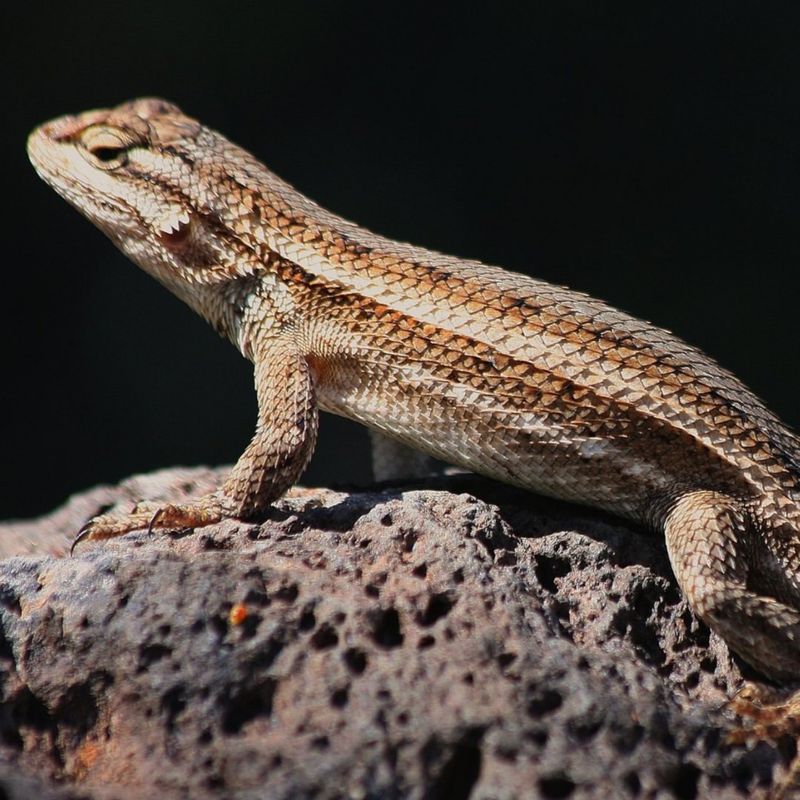
Burrowing is an essential survival technique for many desert-dwelling lizards. It offers a refuge from predators and extreme temperatures, allowing these animals to thrive in harsh environments.
Lizards like the sandfish have adapted to ‘swim’ through sand, using their streamlined bodies to move underground with minimal effort. This ability to burrow not only provides shelter but also a way to ambush prey discreetly.
The burrowing lifestyle is a testament to the ingenuity of lizards, showcasing their ability to adapt and survive in some of the planet’s most challenging habitats.
13. Social Structures
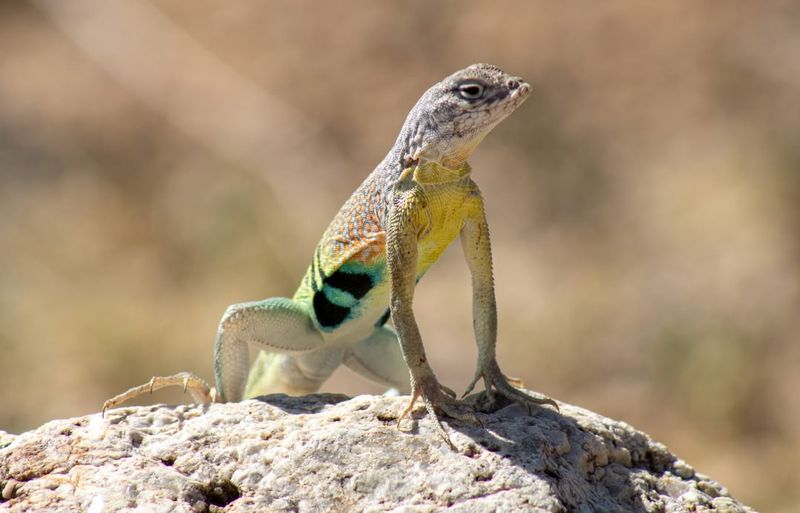
While many lizards are solitary, some species, like social skinks, exhibit complex social structures. These lizards form groups for protection, mating, and rearing young, emphasizing cooperation in the animal kingdom.
Social interactions among skinks include shared basking spots, mutual grooming, and collective defense against predators. This cooperative behavior is crucial for survival and highlights the benefits of social living.
Exploring the social lives of lizards reveals an often-overlooked aspect of their behavior, providing insights into the evolutionary advantages of cooperation and community within the animal world.
14. Bipedal Running
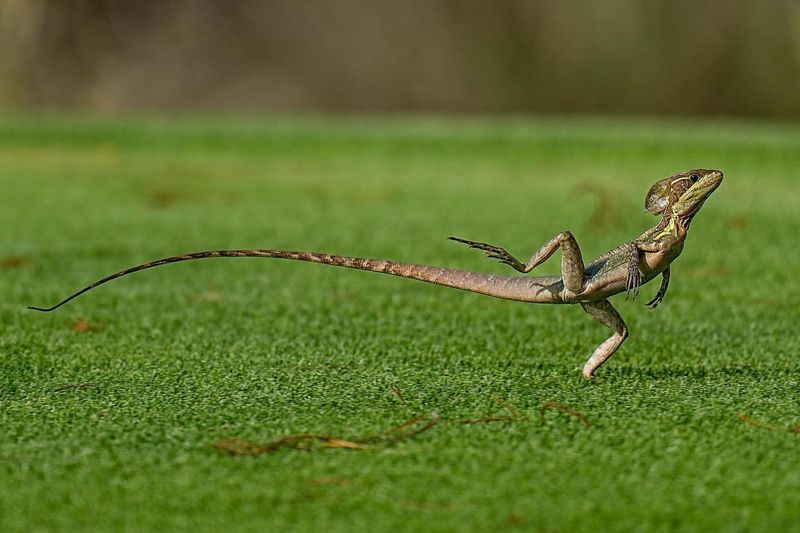
Also known as the “Jesus Lizard,” the basilisk lizard is famous for its ability to run on water. This bipedal running is not only a spectacle but a crucial survival tactic. By using their hind legs and specialized flaps on their feet, basilisks can sprint across water surfaces to escape predators.
This ability illustrates the dynamic adaptations that lizards can develop in response to environmental pressures.
Such an extraordinary mode of locomotion highlights the diverse evolutionary strategies in the lizard world, showcasing their resourcefulness and adaptability.
15. UV Communication
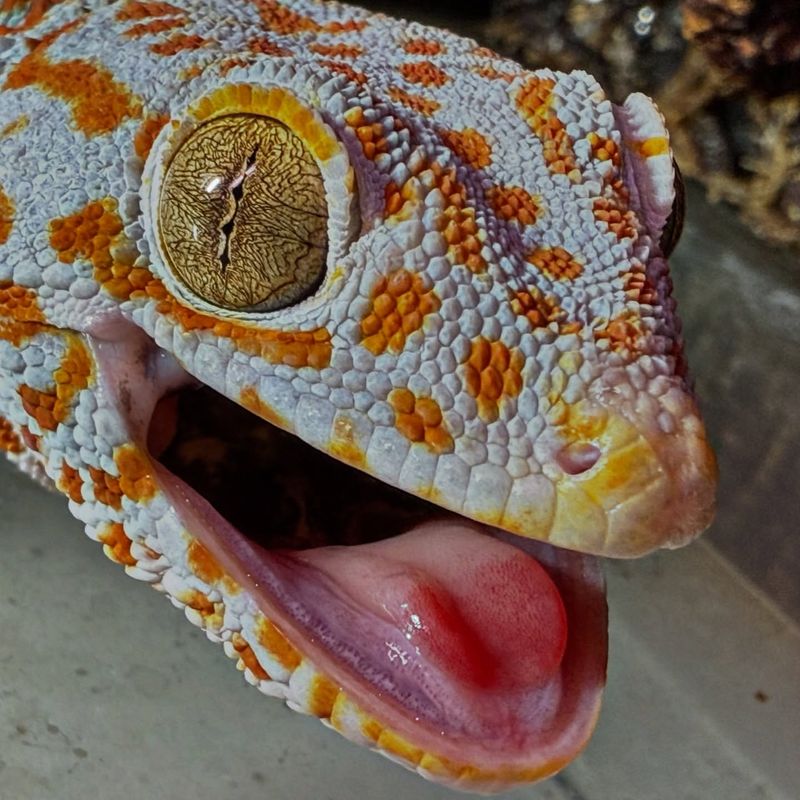
Lizards communicate in more ways than meets the eye, including the use of ultraviolet (UV) light. Some lizards, like the fence lizard, have patterns visible only under UV light, which play a role in mate selection and social interactions.
These UV patterns can indicate genetic fitness, health, and readiness to mate. This form of communication is invisible to many predators and rivals, offering a discreet way to convey important social cues.
The use of UV communication highlights the complexity and subtlety of lizard interactions, revealing another layer of their fascinating behavioral repertoire.

